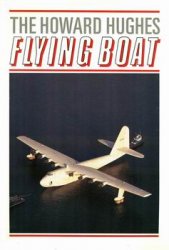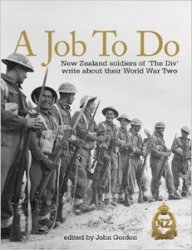The Clayton-Bulwer Treaty was an agreement between the United States and England to cooperate in the construction of any canal through Central America to link the Atlantic and Pacific Oceans. The end result of the treaty may have been to delay construction of an isthmian canal for more than 50 years. Nevertheless, in 1850 it represented an important diplomatic triumph for the United States since it forestalled British expansion in Central America and recognized the United States as equal to the more powerful British in the region. At the same time, however, it meant that American settlers in California and Oregon had to wait many years for improved transportation links with the East.
During the period of American conflict with Mexico, both the United States and Britain made significant moves to enhance their position in Central America. In the 1840s, the most favored route for a potential isthmian canal went through Nicaragua. From their colony in British Honduras (Belize), the British asserted a protectorate over the Mosquito Coast (the Atlantic coast of Nicaragua), the most likely Atlantic starting point for a canal. Later, in 1849, they also temporarily occupied Tigre Island near the most likely Pacific terminus for a canal through Nicaragua. The United States had not been idle in Central America, either. Democratic president James K. Polk’s administration negotiated and signed two treaties with Latin American countries which would affect any canal-building effort. The first, the Bidlack Treaty (1846) with Colombia, gave the United States exclusive rights to build a canal via what was then the second most desirable route, the Colombian province of Panama. In exchange, the United States guaranteed Colombian control over the province and the canal’s neutrality in times of war. The second treaty, this one with Nicaragua, offered the United States exclusive control over a Nicaraguan canal in exchange for guarantees of Nicaraguan sovereignty.
The Oregon Treaty of 1846, the Mexican-American War, the California gold rush, and the consequent flow of settlers to Oregon and, especially, California increased both American and British interest in Central America and a possible isthmian canal. In the United States, a canal was increasingly popular with shipping magnates such as Cornelius Vanderbilt who sought to control trade with the West Coast. Central America was also attracting the attention of southern politicians who saw the region as potential slave territory to offset the free-state advantage gained in California and (later) ratified in the Compromise of 1850. Meanwhile, the British sought to maintain their dominant position in the Caribbean, a position that would be threatened by American control over an isthmian canal. The British also wanted to participate in the trade of the Pacific coast of the United States.
Thus, both the United States and Great Britain had interests in Central America and had reasons to be concerned about the other’s moves in the region. Accordingly, conditions were favorable for a resolution of potential conflicts. During the Whig presidency of Zachary Taylor, Secretary of State John Clayton sat down with the new British ambassador to the United States, Sir Henry Lytton Bulwer, to resolve the disputes over Central America. The resulting treaty guaranteed both countries a role in any canal by denying either exclusive rights to any canal route. It also committed both to the neutrality of any canal and to policies of founding no new colonies and building no new fortifications in Central America. The treaty was ratified by the U. S. Senate on May 22, 1850.
Apart from the provisions relating to a possible isthmian canal, other provisions of the Clayton-Bulwer Treaty were violated almost immediately. Britain refused to surrender its protectorate over the Mosquito Coast, which the United States believed fell under the provisions of the treaty. More egregiously from the American perspective, in 1852 the British fashioned the Colony of the Bay Islands out of islands in the Bay of Honduras. For their part, the British were angered in 1856 when Democratic president Franklin Pierce recognized the government in Nicaragua established by American adventurer William Walker; though he disavowed any aim to join the United States, Walker seemed to be aiming for annexation. In the long run, these treaty violations came to little. The British gave up the Mosquito Coast and the Bay Islands in 1859 and 1860, and Walker’s government was destroyed in 1857.
Finally, although the requirement of American and British cooperation in the construction of any canal seems to have made it more difficult to build a canal, an isthmian canal project was probably beyond the capabilities of mid19th-century technology and science—as the French tragically discovered in Panama in the late 19th century when disease decimated their work crews. Nevertheless, the Clayton-Bulwer Treaty remains an important landmark in U. S. diplomatic history, with important consequences for westward expansion.
Further reading: Walter LaFeber, The American Age: U. S. Foreign Policy at Home and Abroad Since 1750, 2d
Ed. (New York: W. W. Norton and Company, 1994);-,
Inevitable Revolutions: The United States in Central America, 2d ed. (New York: W. W. Norton and Company, 1993); Bradford Perkins, The Creation of a Republican Empire, 1776-1865, vol. 1 of The Cambridge History of American Foreign Relations, ed. Warren I. Cohen, (New York: Cambridge University Press, 1993).
—Russell L. Johnson




 World History
World History









